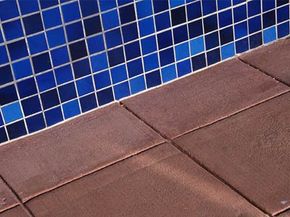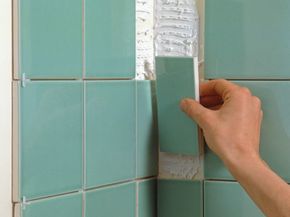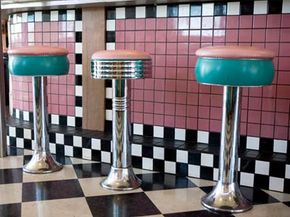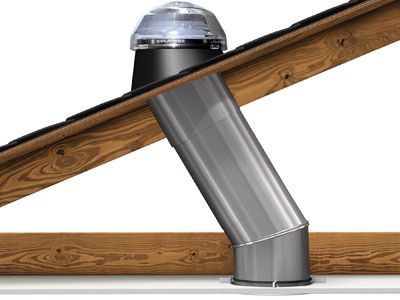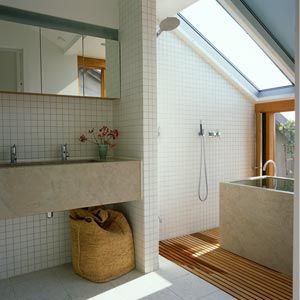Our favorite superheroes come with a wide variety of powers and abilities, all the better to fight off dastardly villains. We study comic books and line up for movies to see how the best superheroes take on evil without breaking a sweat. Sometimes, what makes a hero so compelling is the origin story -- how he or she got to be the hero we depend upon.
Now, it's likely that even the biggest home improvement geek in the world isn't beating down doors with ideas for a ceramic tile superhero, but that doesn't mean that ceramic tile doesn't come with a whole host of amazing abilities. Ceramic tile makes for a beautiful wall and flooring material, but it's more than just a pretty face. These tiles also boast of durability and natural resistance to enemies including fire, frost, moisture and stains. And ceramic tile has had adventures galore, enough to match if not exceed Batman and Superman. After all, even those superheroes weren't around to decorate king's palaces in ancient Europe or churches in Renaissance Italy. Yet ceramic tile remains a humble hero; even modest homes may glory in ceramic tile's presence in the kitchen or the bathroom.
Advertisement
So what is this superhero's back story? If Peter Parker was bitten by a radioactive spider and the Green Lantern gets powers from a magical ring, then how is ceramic tile made into the mighty force that it is today? It's really quite simple -- a ceramic tile is just clay that's formed, glazed and baked. And remarkably, for ceramic tile's long, illustrious history, very little has changed. The same ingredients are still used, and the process is still basically the same, though it has been updated and mechanized to allow for faster production.
Ceramic tiles were once made by hand. Wet clay was fashioned into shape, sometimes with the help of a wooden mold, and then left to dry in the sun or fired in a small brick kiln. While a few artisans still craft ceramic tiles by hand, the majority of ceramic tiles made today go through a process known as dry pressing or dust pressing. This process requires much less labor and time, which is part of the reason that ceramic tile is not just for Egyptian kings anymore. Go to the next page to find out the steps of making ceramic tile, a process that involves our main character taking on several different pseudonyms. There may be more steps than the single bound that Superman needs to leap tall buildings, but it's impressive all the same.
Advertisement
